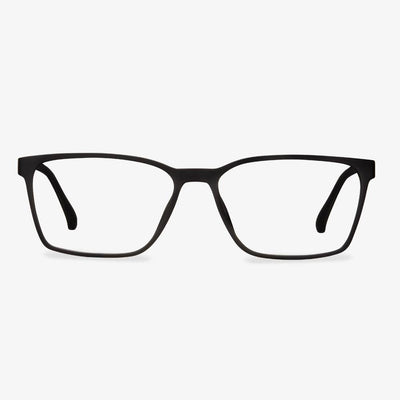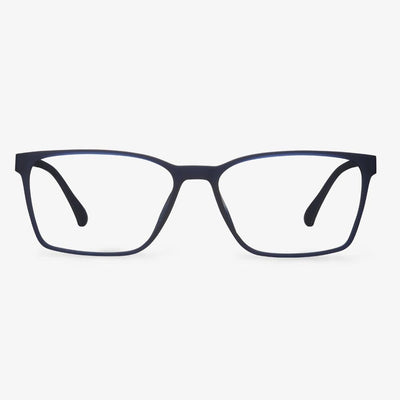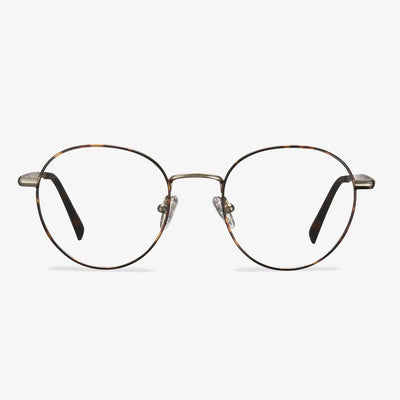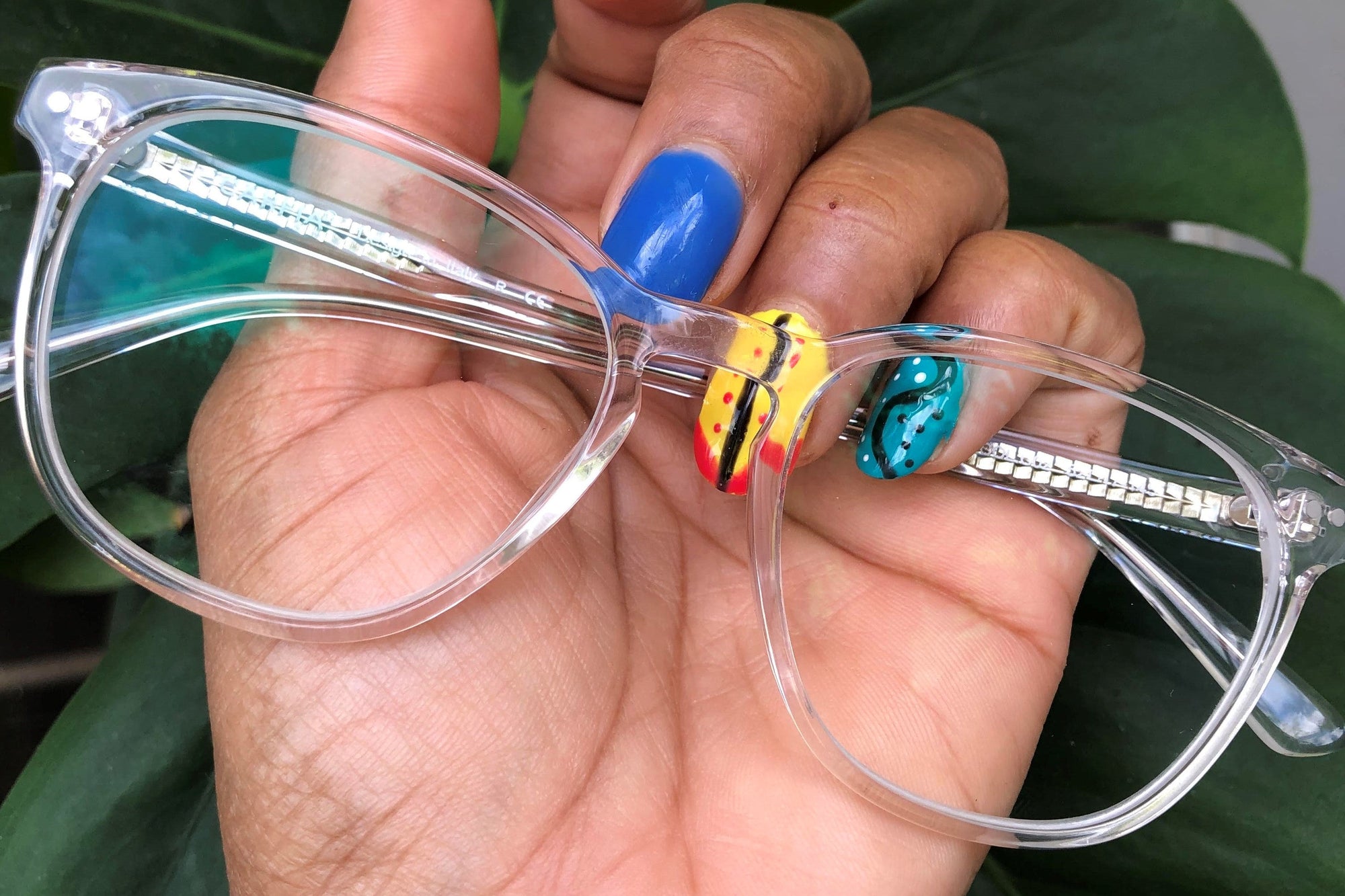What Is Polycarbonate Lens?
Polycarbonate was invented in the 1970s for aerospace applications and is currently used for the helmet visors of astronauts and for space shuttle windshields.
Polycarbonate lenses were introduced in the early 1980s in response to a demand for lightweight, impact-resistance lenses. Since then, polycarbonate glasses have become standard for safety glasses, sports goggles, and children’s eyewear.
Polycarbonate glasses come with a lot of features such as thin and light and they provide 100% percent UV protection and are up to 10 times more impact-resistance than plastic pr glasses lenses.
What are polarized lenses for?
Polarized lenses contain a layer of polarizing plates in which molecular chains form a light-grating structure in which dichromatic pigments, which absorb polarized light, are evenly distributed. A beam of light is absorbed when it vibrates in the same direction as the bars of the molecular chain of the polarized lens. The grating direction formed by the molecular chain of the polarizer is the axial direction of the polarizer, which is generally horizontal. When polarized lenses are worn, they absorb all the light that vibrates horizontally, thus absorbing the glare and preventing it from reaching the eyes.
What should be noticed about low bridge glasses?
At the same time, the weight of your frame should be evenly distributed across the bridge of your nose or on the nose pad of the frame. If the bridge sinks into your nose, either your nose pad needs to be adjusted better, or you need to find a frame with a wider bridge. In addition, the temple or handle of the glasses should be long enough to fit close to the ear. You should be able to move your head without slipping or slipping off your glasses. In short, for those with a lower nose, a triple match requires that the nose chassis have a thicker or adjustable nose pad, a narrower nose bridge, a wider nose bridge, and a shorter lens. If you have bought a plastic frame in the past or present, you should be able to find the size of your bridge on your current frame. Traditionally, the middle number corresponds to the measurement of the bridge. It is important to look at the position of the bridge on the frame.
What is a progressive lens?
A progressive lens is a lens whose upper sides are used to see far, and the lower side is used to see near. The distance from the fixed distance power above the lens to the near power fixed below the lens does not change suddenly, but a gradual transition between the two through the gradual change in refractive power.
Standard progressive lenses are multifocal lenses with three observation areas, farsightedness, intermediate vision, and nearsightedness. Unlike bifocals, there are no visible lines between each viewing area. They have a seamless, invisible design, where the optical power changes 'gradually' throughout the lens. Many people confuse 'bifocal' or 'trifocal' with 'progressive' but remember that bifocals and trifocals have visible lines in the lens, while progressive lenses do not. Because progressive lenses have no lines in the lens, they are more popular multifocal lenses than bifocal lenses. However, is progressive lens good for eyes?
The Benefits of Glasses Without Prescription
From the above part, you have found some basic information about glasses without prescription. In this section, we will list some benefits of plain glasses.
The non-prescription glasses are inexpensive, and they are widely available in a selection of styles and shapes. In addition, non-prescription glasses can be easily replaced as fashion changes.
Meanwhile, everything has two different sides. So, there are also some negative voices of glasses without prescription.
Refractive index of spectacle lens
It is generally believed that the higher the refractive index, the better the spectacle lens. Such spectacle lenses are relatively thin, and of course, the price is a bit expensive. When the refractive index increases, the direction of the light entering the lens will change greatly, the focus will move to the lens, the focal length will be smaller, and the diopter will become larger. In order to keep the diopter unchanged, it is necessary to reduce the curvature of the lens, that is, to reduce the curvature of the mirror surface, so that the thickness of the lens can be reduced. This is why the larger the refractive index, the thinner the lens is. Under the same premise of other things, the larger the refractive index, the thinner the lens, the lighter and more beautiful the lens, and the higher the price, but the larger the refractive index is not the better.
Look at the quality of the frame.
Put the glasses flat in front of your eyes, and see if the color of the temples is different in-depth or light under the same light intensity. Sometimes, due to the mistakes in processing, the color asymmetry of the left and right temples will appear.Technology is the quality assurance of the frame, and a frame of fine technology is often reflected in the details.Pay more attention to the welding point near the metal frame to see if there are cracks.
The thermal effect during welding changes the stress structure of the material, or the weld defect, material fatigue, and so on will make it easy to fracture.Attention should be paid to see if the two sides of the stipules of the lens frame are symmetrical and if the fixation is safe.











































